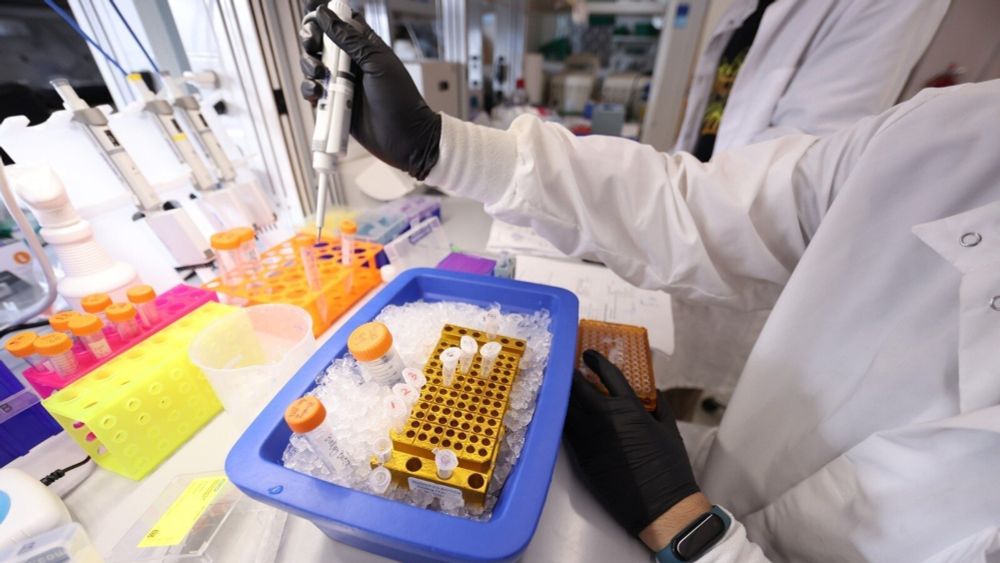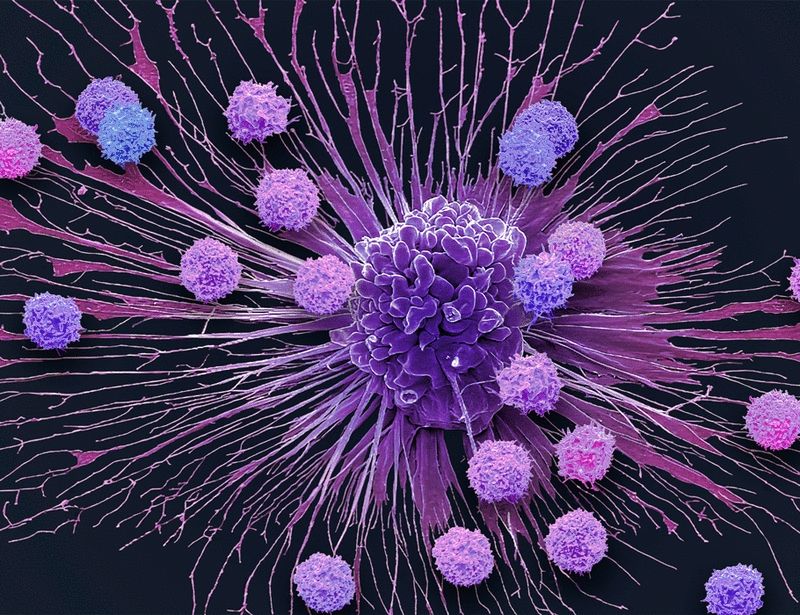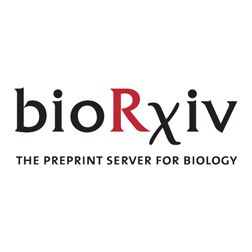Huocong Huang
@huoconghuang.bsky.social
420 followers
230 following
16 posts
Huang Lab, UT Southwestern Medical Center. Studying fibroblast in cancer, wound and aging.
Posts
Media
Videos
Starter Packs
Reposted by Huocong Huang
Reposted by Huocong Huang
Mara Sherman
@marasherman.bsky.social
· Feb 7

Stromal KITL/SCF maintains pancreas tissue homeostasis and restrains tumor progression
Abstract. Components of normal tissue architecture serve as barriers to tumor progression. Inflammatory and wound-healing programs are requisite features of solid tumorigenesis, wherein alterations to...
aacrjournals.org
Huocong Huang
@huoconghuang.bsky.social
· Dec 28
Reposted by Huocong Huang
Reposted by Huocong Huang
Reposted by Huocong Huang
Anirban Maitra
@anirbanmaitra.bsky.social
· Nov 23
Huocong Huang
@huoconghuang.bsky.social
· Nov 24
Reposted by Huocong Huang
Peter Ly
@peterlylab.bsky.social
· Nov 21
Huocong Huang
@huoconghuang.bsky.social
· Nov 19
Huocong Huang
@huoconghuang.bsky.social
· Nov 18
Huocong Huang
@huoconghuang.bsky.social
· Nov 18
Huocong Huang
@huoconghuang.bsky.social
· Nov 18
Huocong Huang
@huoconghuang.bsky.social
· Nov 18
Huocong Huang
@huoconghuang.bsky.social
· Nov 18
Huocong Huang
@huoconghuang.bsky.social
· Nov 18
Huocong Huang
@huoconghuang.bsky.social
· Nov 18
Huocong Huang
@huoconghuang.bsky.social
· Nov 18
Huocong Huang
@huoconghuang.bsky.social
· Nov 18
Huocong Huang
@huoconghuang.bsky.social
· Nov 18
Huocong Huang
@huoconghuang.bsky.social
· Nov 18
Huocong Huang
@huoconghuang.bsky.social
· Nov 18
Victor Javier
@vjsanchez.bsky.social
· Nov 18






